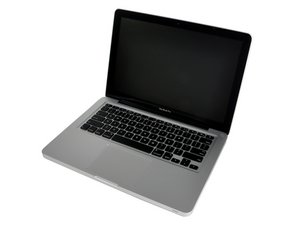Not that easy an answer here ...
If you have all of these running at once (loaded at boot time) then booting up will be slow! Its' best to limit the amount of apps loading at boot up to speed things up. It's really not smart in a laptop to run that many apps concurrently.
If you only run a few at a time (swapping data between them) thats OK, then that gets into how much of a foot print the app its self takes and the size of the work piece you have open for each app running.
So getting more RAM on the most part makes sense how much is something you'll need a good tool to guide you: Memory Clean it allows you so see how much RAM is in use by the different Apps you have running it also allows you to flush freed RAM so it can be reused.
Getting a SSD gets tricky here. Are we swapping out the current drive for a SSD? Or, are we replacing the optical drive?
First you'll need to think about what your storage needs are and then how much you can afford to spend. While SSD's are now equal in size, and in some cases larger than what laptop systems typically support, they can be very expensive!
Going with too small a drive can be a problem as well as the way the OS works could be impeded. So as an example if you where to go with a 128 GB drive and you loaded it up so you had less than 1/3 of free space you system would get into trouble. Likewise, if you had a 512 GB or 1 TB drive you'll need 1/4 of the disk set aside as free space.
So as you can see there are many factors that need to be considered. As a reference I support a few engineering companies. Their baseline system is now 8 GB of RAM and 1 TB SSD. For our engineers we use 16 GB of RAM and a 2 TB SSD.
To put this perspective our last standard was using a Seagate hybrid drive (SSHD) and only because our staff is so rough on the systems we switched over to SSD's (banging them while running). We also don't do dual drive configs as some of the systems we use don't play nice with the optical drive carrier.



 35
35  329
329  971
971